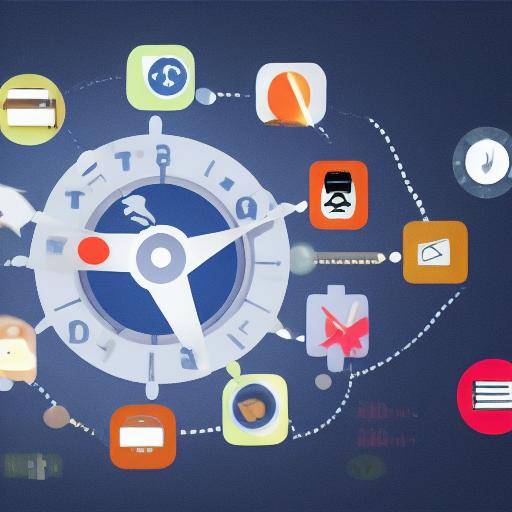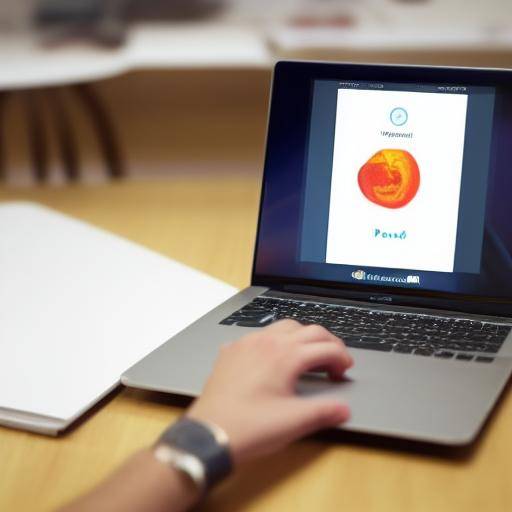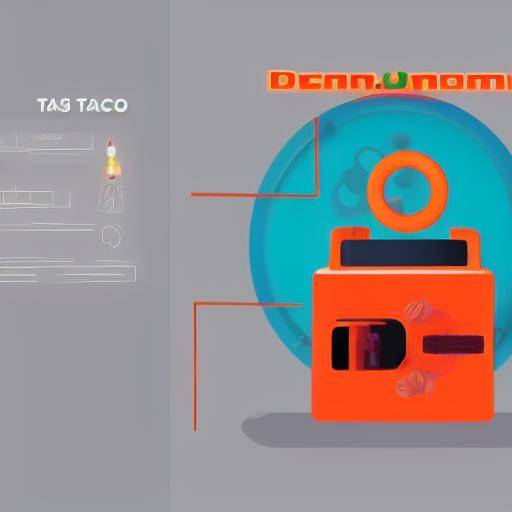
Productivity is a key aspect of success in both professional and personal areas. In the search for effective methods to measure and improve productivity, Pomodoro has acquired popularity as a strategy that combines time management with concentration and performance. In this article we will explore in depth how to measure your productivity with the Pomodoro technique, its benefits, challenges, practical applications and prospects and future trends in this field.
History and background
The Pomodoro technique was developed in the 1980s by Francesco Cirillo, a university student who sought to improve his productivity. The technique is based on the premise of dividing the work in time intervals, typically 25 minutes of work followed by 5 minutes of rest, known as "pomodoros". The term "pomodoro" comes from the tomato-shaped kitchen timer used by Cirillo to control time.
Over the years, the Pomodoro technique has evolved and adapted to the changing needs of modern working environments. This methodology has gained recognition for its benefits in time management, focusing on the task and improving personal productivity.
In-depth analysis
The Pomodoro technique offers a number of significant benefits for productivity measurement. Studies have shown that the technique helps to maintain concentration, reduce procrastination and increase efficiency in performing tasks. It also promotes self-evaluation by helping identify work and rest patterns that optimize performance.
However, it also poses problems, especially in working environments that require timetable flexibility and multitasking management. The constant disruption of tasks can be disturbing for some professionals, which raises doubts about their universal applicability.
Comprehensive review
The Pomodoro technique has become a popular tool to measure and improve productivity in various fields, from business to academic. Its simplicity and approach in time management makes it especially effective for those seeking to maximize their performance in defined periods.
Some experts consider that Pomodoro is a key part in modern time management, as it fits the nature of the current work, which is often interrupted by notifications, meetings and distractions. Thus, it has become a valuable tool for improving productivity and concentration in the digital era.
Comparative analysis
By comparing Pomodoro's technique with other approaches to measuring productivity, such as performance assessment and time management, similarities are observed in the importance of establishing clear objectives, monitoring progress and encouraging focus on tasks. However, the Pomodoro technique stands out for its focus on the division of time into specific intervals, making it unique in its approach.
Accessible practical advice and advice
When implementing the Pomodoro technique, it is essential to establish an enabling environment for concentration and minimize distractions. Moreover, it is important not only to measure the amount of work performed, but also to measure the quality of the execution of tasks. This can be achieved through the recording of interruptions, the actual duration of the pomodoros and the evaluation of concentration during the work.
Industrial ideas and expert reviews
Time management and productivity experts have expressed their support for Pomodoro technique as an effective tool to improve concentration and efficiency in performing tasks. Some have adapted and adapted the technique to meet the specific needs of their working environment, demonstrating their versatility and applicability in different contexts.
Case studies and practical applications
Case studies applying the Pomodoro technique demonstrate their effectiveness in diverse environments, from companies to educational environments. For example, some technological companies have implemented the Pomodoro technique in their software development teams, achieving significant improvements in productivity and quality of work. Similarly, students and academics have used the Pomodoro technique to manage their study time more effectively.
Future trends and predictions
As remote work and time management gain relevance in the digital era, Pomodoro's technique is expected to remain a valuable tool to measure and improve productivity. It is expected that innovative applications and tools will emerge based on Pomodoro technology philosophy, which will provide users with custom options adapted to their specific needs.
Conclusions
In short, the measurement of productivity with the Pomodoro technique is an effective strategy to improve job performance and achieve short- and long-term goals. While it presents challenges in certain contexts, its ability to promote concentration and self-assessment makes it a powerful tool for anyone trying to optimize their productivity.
Frequently asked questions
1. Is the Pomodoro technique suitable for all types of workers?
Yes, the Pomodoro technique is adaptable to different roles and working environments, although some jobs that require constant concentration can find it more beneficial.
2. How can I effectively implement the Pomodoro technique?
It is important to identify the appropriate tasks to perform during the Pomodoro intervals and adjust the work and rest time according to the nature of the activities.
3. What are the recommended tools for Pomodoro?
There are numerous online applications and tools that facilitate the implementation of the Pomodoro technique, such as timers and time tracking applications.
4. Does Pomodoro technique help reduce labor stress?
Yes, by fostering short periods of concentrated work followed by regular breaks, the Pomodoro technique can help reduce stress and work anxiety.
5. What are the most outstanding benefits of Pomodoro?
Among the most outstanding benefits are increased concentration, improved time management and reduced procrastination.
6. Is Pomodoro technique only for individual work or can it also be applied in collaborative environments?
Although the Pomodoro technique was designed primarily for individual jobs, it can also be adapted for use in collaboration teams with certain modifications.
With these frequently answered questions, readers get a deeper understanding of Pomodoro technique and its application in various labor contexts.
In conclusion, measuring your productivity with the Pomodoro technique offers an effective way to improve time management, concentration and efficiency in the accomplishment of tasks. With its history, benefits, challenges, practical applications and future trends discussed in detail, the Pomodoro technique stands out as a valuable tool for anyone looking to maximize their performance and achieve their goals more effectively.






















































